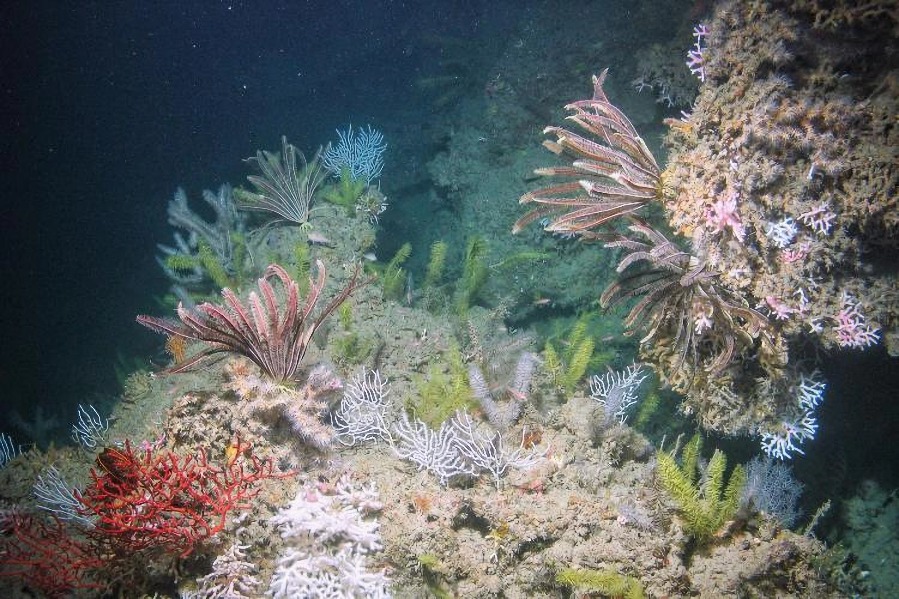Notice - (12/19/2024)
We're back, and with more images of the deep! Join us in exploring our Season 3 of data! Click the 'Classify' button to get started.
OMB Control Number 0648-0828.
Also note - this project recently migrated onto Zooniverse’s new architecture. For details, see here.

Embark on an expedition as we journey into the depths of the Gulf of America (formerly Gulf of Mexico), on a mission to map communities of deep-sea coral!
Learn moreYou can do real research by clicking to get started here!
Zooniverse Talk
Chat with the research team and other volunteers!
Click-a-Coral Statistics
View more statsKeep track of the progress you and your fellow volunteers have made on this project.
Every click counts! Join Click-a-Coral's community to complete this project and help researchers produce important results. Click "View more stats" to see even more stats.
Percent completeBy the numbers
Message from the researcher
Coral reefs are the hidden treasures of our oceans, and by mapping and restoring them, we not only safeguard biodiversity but also secure a brighter future for our planet. It's a mission that calls for all of us to dive into conservation efforts and protect the deep blue.
Jordan-PierceAbout Click-a-Coral
Beneath the sea's diminishing sunlight lies a world teeming with life in the mesophotic and deep benthic zones. These realms are home to deep-sea corals, sea anemones, sponges, and other creatures in the mesophotic and deep benthic habitats, while lightless deep communities host corals, sea stars, sea urchins, fish, and crabs. Remarkably, some deep-sea corals in both zones can live for over a millennium.
In the Gulf of America, these communities sprawl across the ocean floor, generally ranging from depths of about 150 feet to deeper than 17,000 feet; for this project, we’re still only scratching the surface by exploring the upper range between 150 to 300ft! Although they may seem remote, they play a vital role as foundational species within the interconnected marine food web of the region. Understanding and identifying these species are critical to preserving the Gulf's delicate ecosystem and the myriad species that depend on it.
This project supports work restoring habitats impacted by the Deepwater Horizon oil spill. Your help in finding and identifying these corals is invaluable in restoring and safeguarding our marine environment.
Paperwork Reduction Act Statement
Public reporting for these information collections is estimated about 3 minutes per response. We anticipate that on average there will be 14 responses per respondent. All responses to this information collection are voluntary. Send comments regarding this burden estimate or any other aspect of this information collection, including suggestions for reducing this burden to the NOAA Citizen Science coordinator at citizenscience@noaa.gov.
The collection of Click-a-Coral information is authorized by the Magnuson-Stevens Fishery Conservation and Management Act (MSA) and the National Marine Sanctuaries Act (NMSA). This information will be used to further train AI models, ideally, iteratively increasing the models' performance and obtaining higher levels of accuracy on future videos. A federal agency may not conduct or sponsor, and a person is not required to respond to, nor shall a person be subject to a penalty for failure to comply with an information collection subject to the requirements of the Paperwork Reduction Act (PRA) of 1995 unless the information collection has a currently valid OMB Control Number. OMB has approved this collection and assigned the control number 0648-0828 expiration date 09/30/2027. This approval is required for continued project data collection. Please see Citizen Science & Crowdsourcing Information Collection page for more information about the Paperwork Reduction Act.